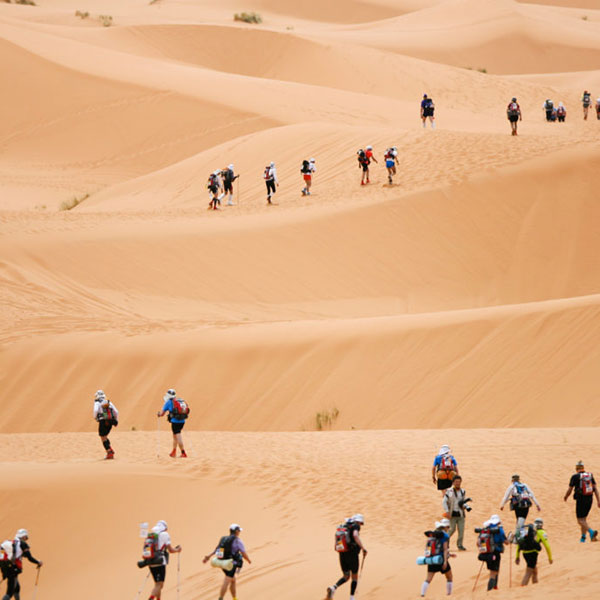
Marathon des Sables
Translated into English, the Marathon des Sables is Marathon of the Sands” in French. This is a six-day-long foot race marathon that covers 156 miles. The Discovery Channel deemed it Earth’s Toughest Footrace. As a multi-stage event, it takes participants through the Sahara Desert.
For the duration of the week-long race, participants are responsible for all of their own equipment and food. The only assistance they get is tents pitched so that they have a place to sleep and a small ration of water However, they face a penalty if they consume more water than their ration. This means that they lose time when it comes to finishing the race.
This event dates back to 1984, when a concert promoter decided to take an epic walk. With nothing but the supplies he could carry, he embarked on a 200-mile foot trip through the Sahara. The trek inspired him to start the Marathon des Sables, which he spent two years organizing and raising funds for. The first official event had 186 participants, a number that has grown to 1,000+. The man who created this event continues to direct it, welcoming participants from all over the world.
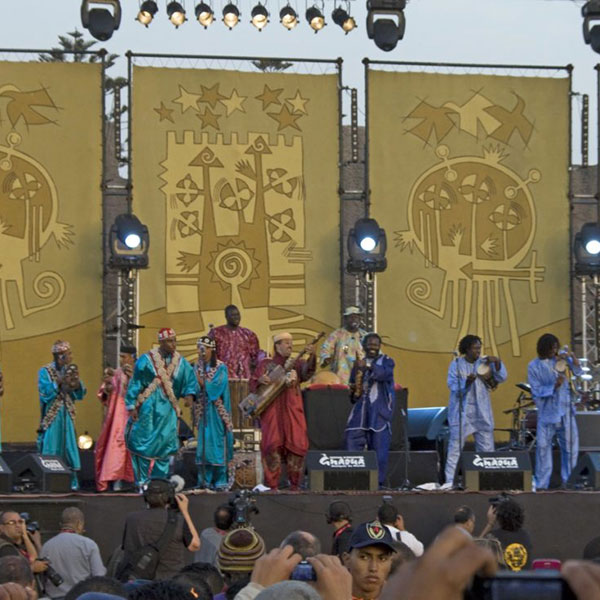
Gnaoua Music Festival
In 2009, the Yerma Gnaoua Association began with the intention of raising awareness about the culture and brotherhood of Gnaoua and supporting it as well. This is an important culture in Morocco and far beyond. The association began the yearly Gnaoua Music Festival to strengthen its mission.
This festival expresses and appreciates Gnaoua, a unique form of art. Five years after its music festival was begun, a Gnaoua anthology was released. It presents information about the culture in two different languages. 9 CDs of Gnaoua music are also a part of the anthology.
The Gnaoua Music Festival now takes place in Essaouira. 20 sites throughout the city host performances as part of the festival. Some of the music genres highlighted are jazz, funk, soul, and blues. Many local musicians participate in the festival, but performers come from far to be a part of the celebration.
More than just a music festival, it also encompasses Moroccan culture and arts. This four-day event attracts half a million visitors who also take time to explore the surrounding city. Thanks to this festival, Morocco has seen a rise in the number of tourists that visit the city each year.
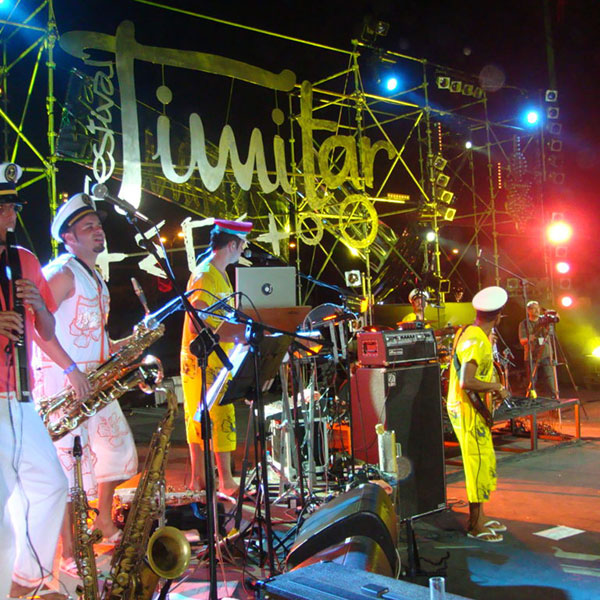
Timitar Music Festival In Agadir
Morocco holds few events that are larger than the Timitar Music Festival, which takes place every year in Agadir. Since the festival’s founding in 2004, it has grown to attract as many as 800,000. Like the Gnaoua Music Festival, this is a four-day event that promotes the culture of Amazigh. It features various music styles performed in parts of Agadir that include the Verdure Theatre.
The festival attracts national and international performers, including:
East Asian and African music is the main attraction of the festival. Local culinary favorites perfectly complement the music that VJs and DJs often perform.
The festival includes many local vendors. Festival attendees can purchase jewelry and other crafts. Also for sale are carpets, art, clothing, local foods, and more. Local musicians are as important to the celebration as local vendors are. Tourists as well as residents of Morocco converge on this festival to celebrate everything it stands for. In fact, the areas close to where the festival takes place are enjoying a new level of popularity as a result. The influx of new visitors has significantly transformed the city.
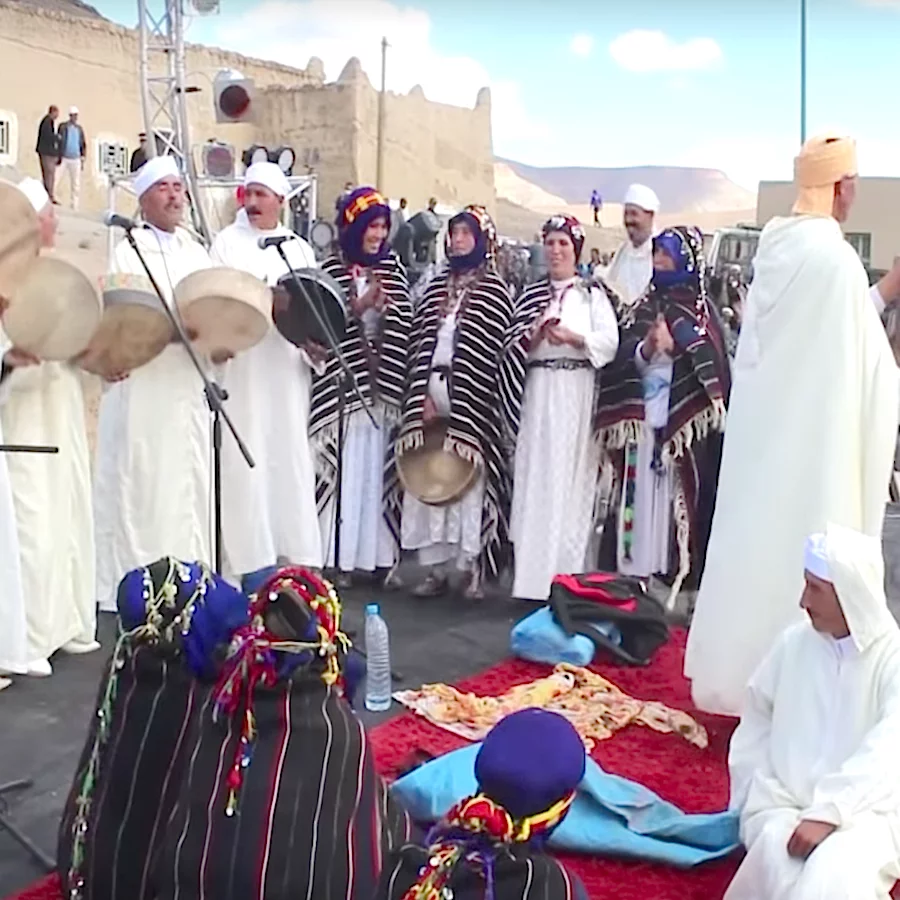
Imilchil Marriage Festival
As a village in Morocco, Imilchil holds its yearly Marriage Festival in order to help singles find love. The festival attracts thousands of attendees, who travel from various nearby mountain towns. Attendees bring camels and horses, and everyone camps out together in tents.
Traditionally, the women approach the men at this event, rather than the other way around. After a woman approaches a man, he offers her his hand, facilitating the start of something romantic between them. People connect differently here than they would outside of the festival. The local belief is that love is not associated with the heart but with the liver. Therefore, men attending this event will mention her liver rather than her heart.
The idea behind the festival is for each woman in attendance to choose the man that she wants to marry. This is credited to a tribal tradition of the Ait Sokham, Ait Yaazza, and Ait Bouguemmaz.
While the men and women in attendance are getting to know each other, they can enjoy music and dancing that follows local tastes and traditions. Village residents frequently attend the festival donning ceremonial and traditional costumes. Originally limited to villagers, the festival later expanded to include the general public.
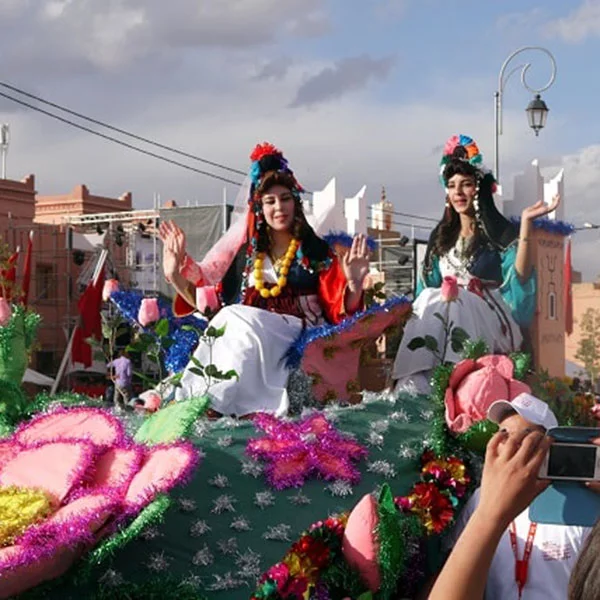
Rose Festival El Kelaa De Mgouna
The Dades Valley is the site of the Rose Festival El Kelaa De Mgouna. Within the valley is El Kelaa De Mgouna, a town that has been nicknamed Valley of the Roses. The town is named after its many Persian landscapes, covered in roses.
In the town is Capp et Florale, a distilling plant that serves as the source of rose water used to make perfume, while also acting as a culinary ingredient the locals swear by. In addition, the distillery is responsible for the production of dried flowers, soaps for the hands and body, and oil.
The French first brought the Damask Rose into the area, which prompted the opening of the distillery. This was all it took for the Rose Festival to blossom. The festival takes place in May of every year and runs for three days. During the festival, one of the main events is the election of that year’s Rose Queen. The designated queen then oversees the rose crops until the next festival.
Residents of the town view the cultivation of roses as an act of love. Anyone who attends the yearly festival will witness firsthand the transfer of the roses from the town to the many factories where the oils are extracted from the flowers.
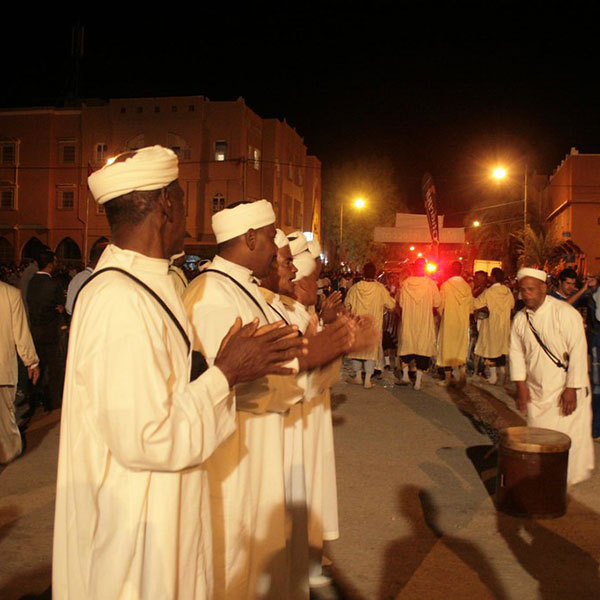
Erfoud Date Festival
Morocco’s Erfoud is the site of the Date Festival. It runs every October for three days. The festival always takes place immediately following the date harvest. Dates are an important part of the livelihood of the majority of Erfoud’s residents, as most work as farmers. There are an estimated one million date trees in the area.
Locals and tourists attend this festival, where they receive firsthand knowledge of the harvesting process for dates. They then see the dates transported to their next location by donkeys.
The festival also includes the performance of dances unique to the region of Erfoud. Local pieces of music serve as the backdrop for the dance performances and processions. In addition, those attending the festival can also dine on local cuisines. Assorted companies each get a tent at the festival so that they can introduce attendees to their date-related products. On the first day of the festivities, the local government runs an official opening to mark the occasion.
The fashion parade serves as the event’s highlight, followed by the crowning of the Date Queen. A dromedary race is another highlight of this event.
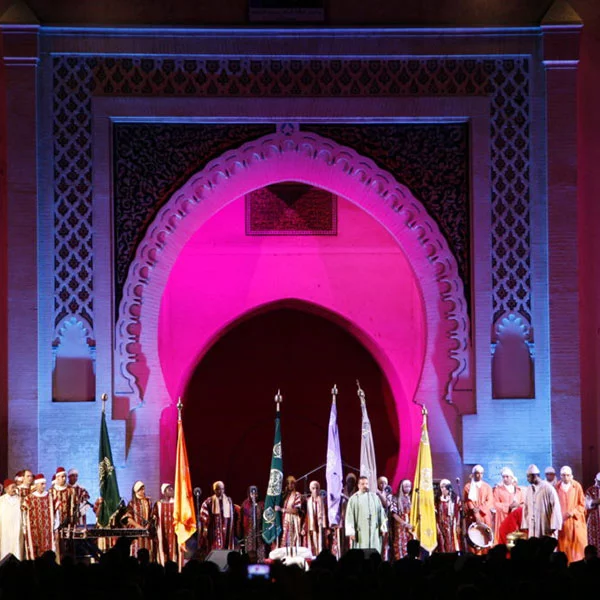
Sufi Music Festival
Every year the Sufi Music Festival immerses attendees in Sufism, which includes its arts and music, two things considered a sacred part of the soul. It also includes Rumi, the solemn Whirling Ceremony, and Qawwali. A festival is a one-day event that takes place in the Hidden and Tramway Gardens. The areas immediately surrounding the gardens also host events that are part of the celebration.
The culture, music, and art of Sufism are celebrated at this event. It includes storytelling, arts & crafts, and theater productions. The festival also features ritualistic devotion ceremonies.More than just a cultural experience, the festival is an educational one as well.
Academic talks are led by scholars of Sufism. These talks impart ideas and history while showcasing Islamic artifacts. Much of the talk relates to the state Sufism is currently in.
Attendees of the festival can even participate in workshops that teach Sufi calligraphy, art, and poetry. These workshops are also where stories are told and poetry is read. Musicians perform spiritual pieces that attendees may never have heard before. The festival also includes a bazaar where attendees can sample Islamic drinks and foods, as well as crafts handmade by local artists.
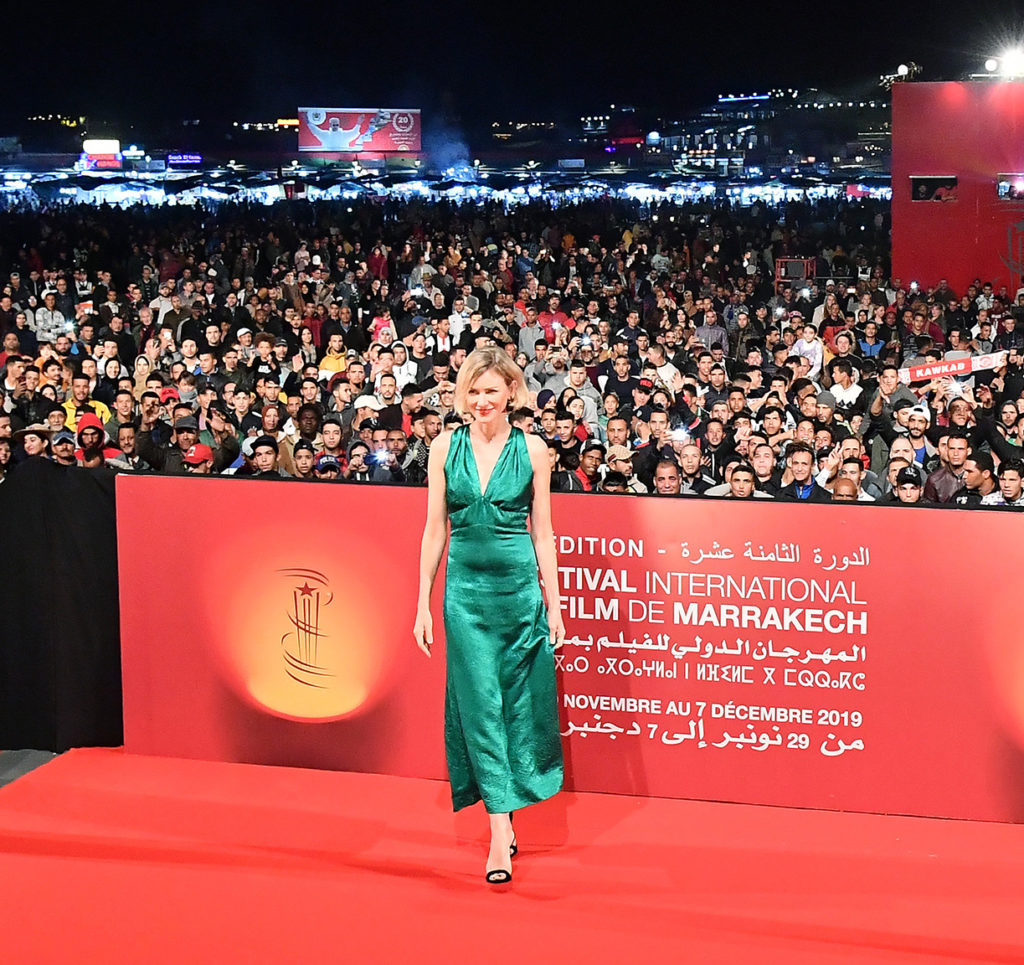
International Film Festival Marrakech
Since 2001, the International Film Festival Marrakech has been held yearly. The King of Morocco started the festival in order to encourage people from all over the world to see its movies. It has become one of the world’s most prestigious film festivals.
Every year, this festival draws major figures and stars from the movie industry to various locations throughout Marrakech. They often mingle with the year’s attendees. Every year there is a competition to determine whose movie is best. Actors, directors, and screenwriters serve as judges for the competition. The festival also typically includes talk series where prominent filmmakers speak in front of hundreds of students, journalists, and their peers in the industry.
Every year, a French producer, often representing Marrakech, leads the event. Originally, the goal of this film festival was to promote high-quality films that would elevate Morocco’s reputation among industry professionals. The goal was to make movies no one outside of Morocco would know and expose them to a worldwide audience. This includes not only contemporary movies for adults but also movies made for children as well.
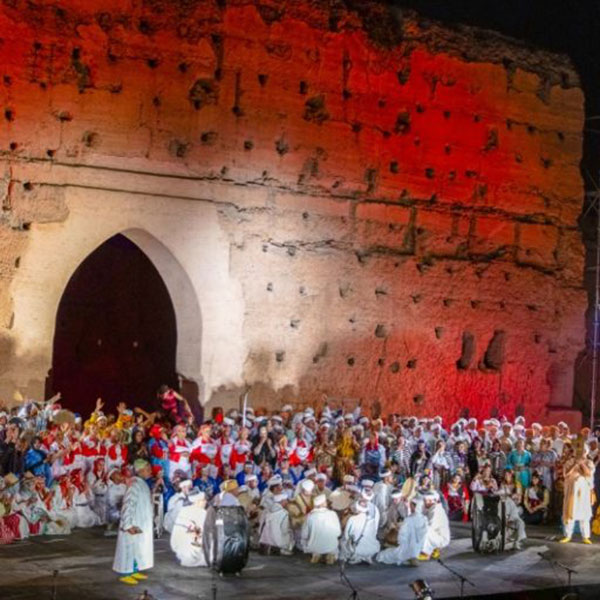
Popular Arts Festival
The festival’s most important events take place at the ruins of the El Badi Palace. The town’s main square is also a hotspot for the events that take place. It is the place to go for the food stands, small shops, and local cafes.
For many attendees, the experience also includes the Majorelle Gardens, known as a tranquil place for a quiet walk. The Menara Gardens are full of olive trees and palm trees, making the ambiance relaxing and beautiful.
A regular part of the festivities includes the grand parade, featuring performers from near and far. The colors, music, and costumes that make up the parade are a treat for anyone who wants to immerse themselves in Moroccan culture and learn all about it.
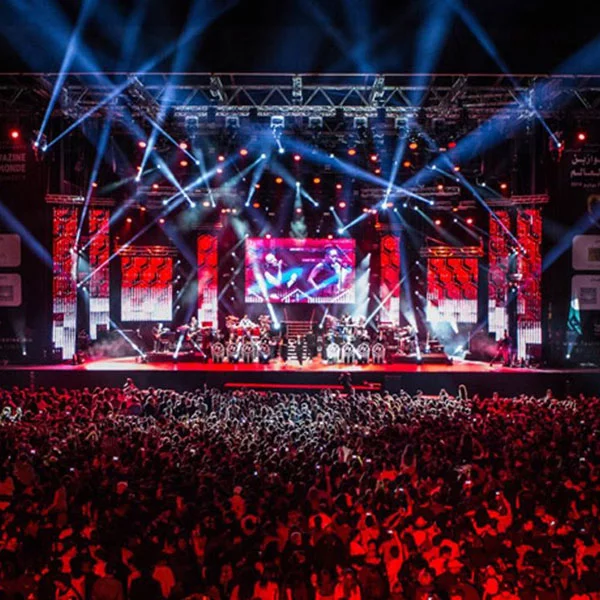
Mawazine Music Festival
Rabat is the capital of Morocco and also the site of the yearly Mawazine Music Festival. The event attracts artists in Morocco as well as others from all over the world. Across eight stages, their performances make up the majority of the festival’s notable moments. The festivities last eight days.
Since 2013, the Mawazine Music Festival has been considered the world’s second largest. In its time, it has been through two eras. The festival recognized and promoted obscure music from all over the world during the first six years of its existence. Over the years, the festival has changed its focus to mainstream music in order to gain more support for the event.
In a celebration of Arab music, the festival is increasingly attracting fans from the Middle East. The musicians that perform at the festival are working together to make Morocco seem more liberal than it has in the past two decades.
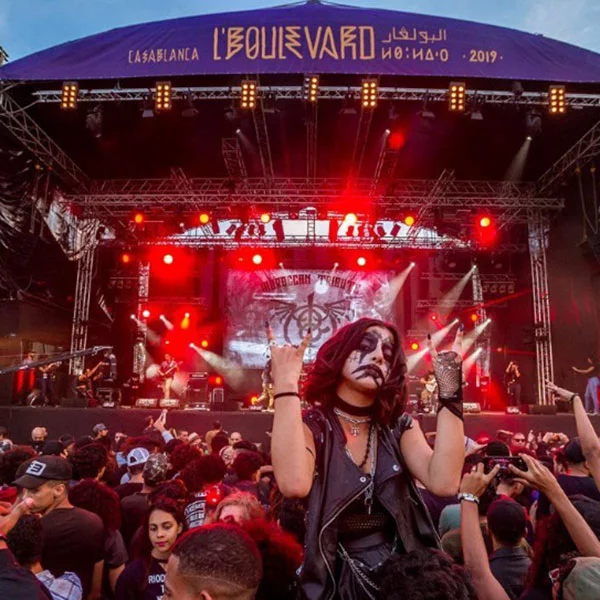
L’Boulevard Music Festival
The L’Boulevard Music Festival generally attracts a younger crowd than most of Morocco’s other music festivals. It features urban and pop-rock music from international and local artists. The festival runs for 10 days and celebrates the arts as much as music.
The young musicians that participate in this festival compete for the chance to perform alongside popular musicians. This serves as the festival’s primary focus and the initial motivation for its organization.
Two separate stages host performances, one featuring up-and-coming artists and the other featuring those already established in the music industry.
Two separate stages host performances, one featuring up-and-coming artists and the other featuring those already established in the music industry. It helped raise awareness of the festival and increase its attendance in subsequent years.
However, music isn’t all that carries the festival. It also includes displays of artwork, decor, and fabric-inspired creations. Theatrical performances along with attendees in costume round out what the festival has to offer.
Aside from music, culture, and crafts, attendees can visit clubs, parks, and beaches for chances to mingle and be entertained by the many performers. The diversity of this festival is what makes it so popular.
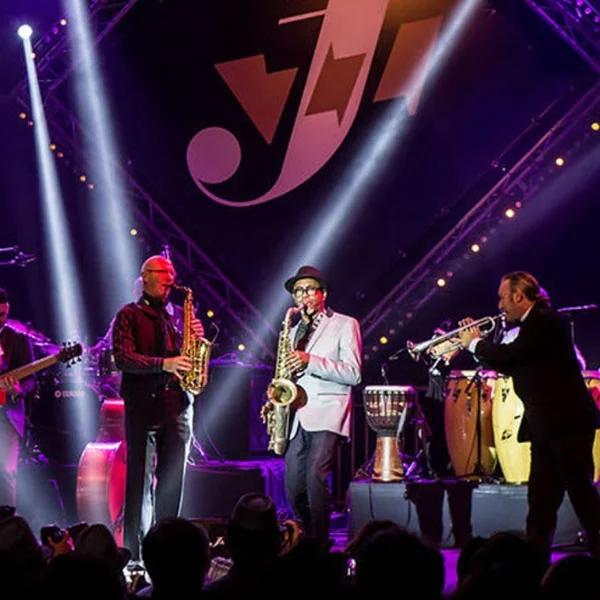
Jazzablanca Music Festival
The Jazzablanca Music Festival has been in full swing since 2006. Pop and jazz music, as well as culture, are the main attractions of this festival. It spans six days and four stages in two different venues, the Hippodrome Casa-Anfa and the Place de Nations-Unies. Regular events include workshops, concerts, and educational talks.
While the festival was originally only designed to attract fans of jazz music, its scope was later widened so that more locals and tourists would take an interest in attending it. The festival now includes a free program in which anyone, children included, can interact with actors from near and far.
Many attendees of this festival wonder how it got its unique name. It combines the charms of Casablanca with the excitement of jazz music to create a festive atmosphere that is full of energy.
Every year new performers are added to the lineup. This gives aspiring musicians the chance to be in the spotlight and show the audience what they are capable of. The festival is meant to inspire attendees to feel a connection with jazz music and artists in a way they never have before. Experienced musicians are able to pass their knowledge on to the younger generation.
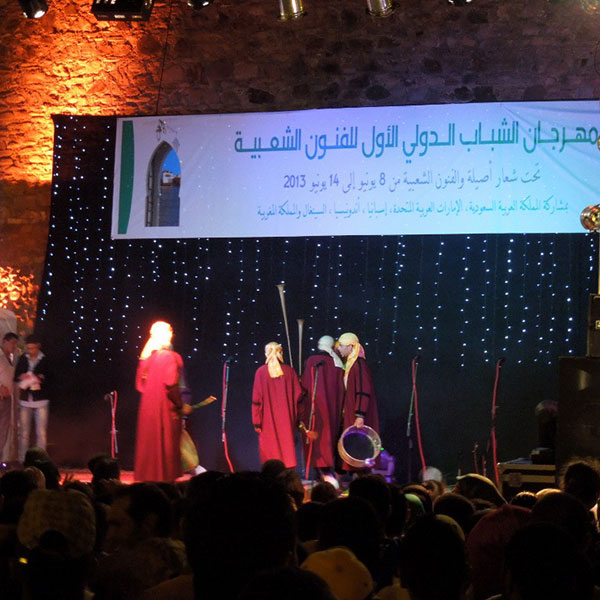
Asilah Festival
Running for one month every year, the Asilah Festival is an all-inclusive gathering of artists and others, many of whom are from Japan. Two distinct locations, Centre de Hassan II Recontres Internationales and Palais de Raissouli, host the festival’s events.These locations are the sites of exhibitions, art demonstrations, concerts, and workshops.
The Asilah Festival was born out of a pair of friends encouraging local artists to take to Asilah Village’s outdoor walls and paint them with intriguing designs. Artists travel from all over the world to participate in the festival that resulted from the efforts of locals.
Whitewashed walls throughout the city provide a blank canvas for the many artists in attendance. The Moroccan style of architecture is expressed through geometric designs and fantasy-based artworks.
Every year engraving artists demonstrate their skills to those in attendance with the help of a pair of printing frames. The Asilah Cultural Association gives them the frames, and when the engraving artists are done with their work, they gift some of it to the Association’s art collection.
Both of the festival’s venues regularly host free poetry readings. Thanks to the crowd that the festival draws, in part because of the poetry readings, Asilah has become a hotspot for celebrating Moroccan culture.
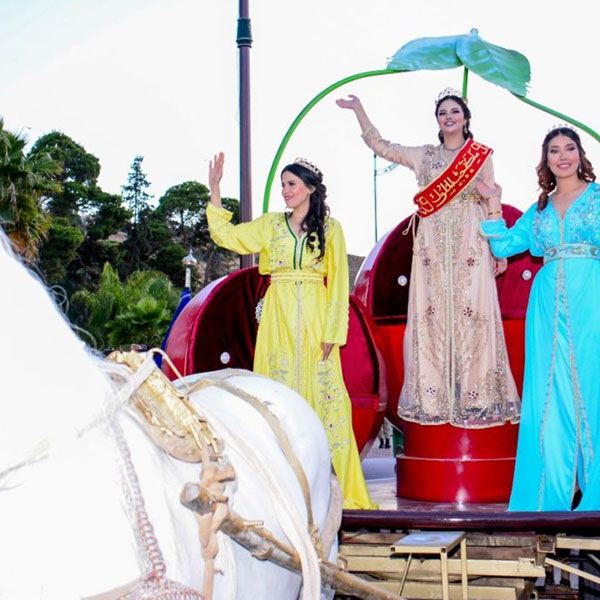
Cherry Festival
The cherry harvest in Morocco is celebrated with the four-day-long Cherry Festival. The main purpose of the festival is to crown the Cherry Queen. As far as entertainment goes, parades and art shows featuring locals are the highlights of the event. Folk music also plays a prominent part in this festival.
Most of the musical acts perform well into the night, with dance and other performances taking place later in the afternoon. This is the reason the festival is held during the summer. It is meant to capture the beauty of the season.
Performers and attendees come from all over the world for this festival. Sports and dance competitions are also important parts of the event. Every aspect of the festival serves to show the culture that means so much to so many. French citizens created the Cherry Festival and began running it in the year 1919.
Sefrou, the city where the festival takes place, is renowned for its abundance of cherry trees. The air always smells of cherries during the time of year that the festival takes place. This is why most of the refreshments served at the festival are cherry-based, including spreads, jams, and other assorted local sweets.
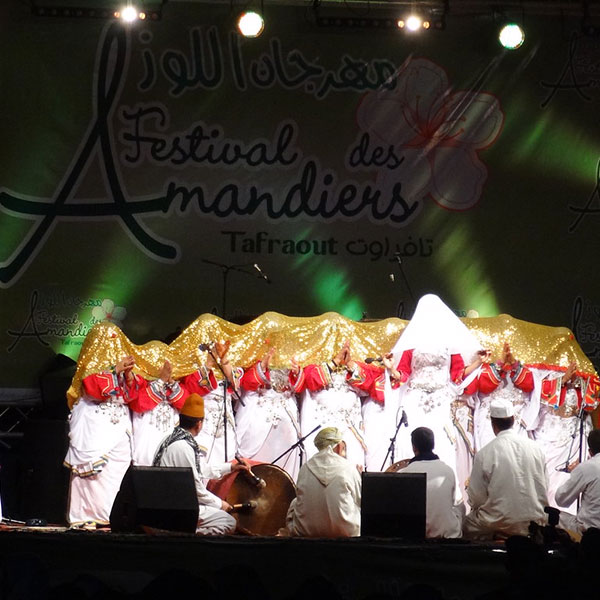
Almond Blossom Festival
Morocco’s Almond Blossom Festival features international and local performers as well as food vendors selling local cuisine featuring almonds. Mint tea is the drink most commonly served. Traditional folklore, along with dancing and singing, provides entertainment.
The Roman ruins are the site of much of the festival’s action. Almond trees are everywhere, and plants are blossoming. When the sun goes down, the many lights in the ruins come on. The shows begin at this point. Storytellers captivate the audience, while lights, colors, and sound illuminate the night.
Celebrating the harvest in all its beauty is the main point of this festival. That beauty is much more evident in the light of day, which serves as the most soothing part. During the day, attendees are inspired by the blossoming almond trees around them. Many take pleasure in capturing themselves in their natural environment.
With international attendees, Morocco’s Almond Blossom Festival is a major tourist attraction. Locals are very hospitable to tourists in attendance, especially those from other countries. The town of Tafraoute comes alive every year during the Almond Blossom Festival.
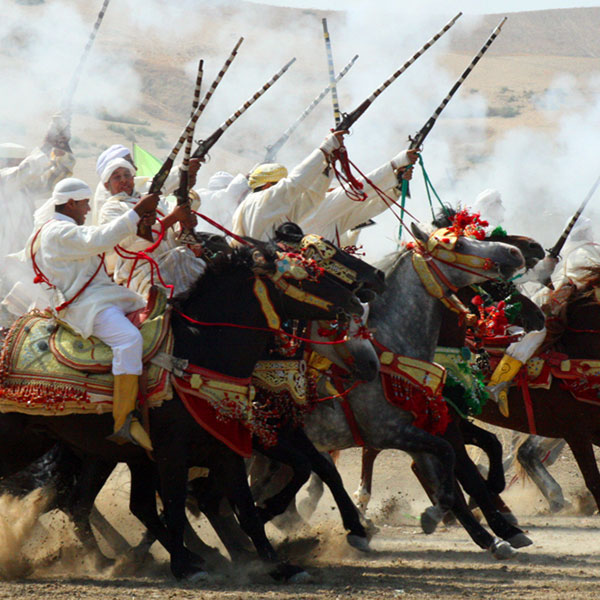
Fantasia Festival
The Fantasia Festival is not to be taken lightly. Berbers, the locals living in rural areas of Morocco, divide up into teams representing each of their villages. Teams then compete in riding horses and shooting muskets into the air. The village that wins gets a cash prize and the chance to brag about their winning status.
Men and their relationships with their horses are the main points of the festival. Horsemanship is the driving force behind it, and it inspires its organizers to hold the event every year.
Riders wear traditional garb and travel a short distance on their horse’s back before every one of them simultaneously shoots his weapon. The synchronized performance is one of the highlights for first-time attendees of the festival. We designed this performance to evoke historical attacks on desert knights and Berbers.
Fantasia is the word used in Morocco to refer to martial arts; it is considered an important part of the local culture. The Islamic lifestyle relies heavily on the significant meaning of horses Teams compete on horses, which explains why we celebrate the Fantasia Festival every year.
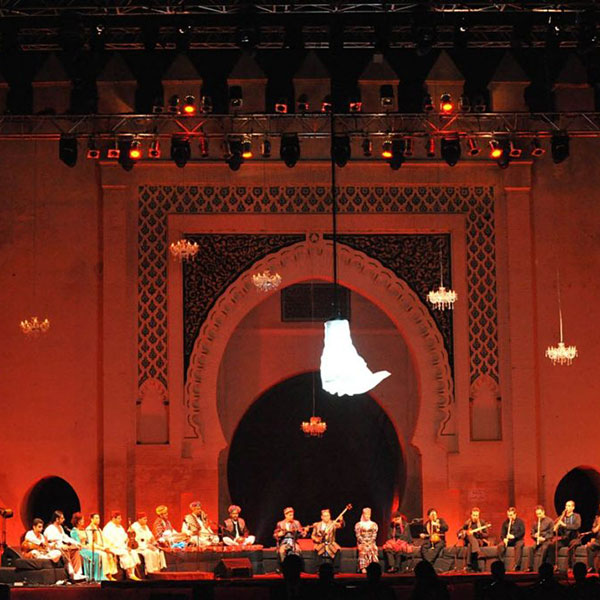
Fes Festival Of World Sacred Music
1994 marked the first year of the Fes Festival of World Sacred Music. From the beginning, the purpose of the festival was to strike peace among people of different religions The festival spans 10 days and takes place in the imperial and spiritual city of Fes. Various sites and monuments throughout Fes host events that are a part of the festivities. This includes Bab Al Makina, Batha Museum, and Bab Boujiloud.
The festival was created following the end of the Gulf War. According to the United Nations, it is one of the world’s top platforms for promoting peace. The festival is mostly music performances, some paid and some free.
The types of music played at this festival include:
The Jnan Sbil Gardens hosts concerts in the afternoons during the festival. Musicians come from all over the world to participate in the festival. Those who have performed at past events include: